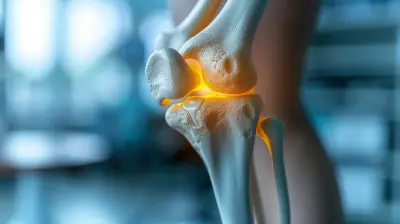The Role of Vitamin D in Protecting Your Joints
12 October 2025
Let’s face it—most of us don’t really think about joint health until we feel those annoying aches or stiffness creeping in. Whether you're in your 20s or pushing 60, taking care of your joints isn’t just for the elderly or those deep into athletic training. It’s a lifelong investment. And guess what? Vitamin D, the "sunshine vitamin," plays a massive—yet often overlooked—role in keeping those joints moving smoothly.
You might already know vitamin D is essential for bone health, but its benefits go far beyond just keeping bones strong. It’s like the unsung hero for your joints, working behind the scenes to reduce inflammation, support cartilage health, and keep mobility on point.
So buckle up, because we’re diving deep into how vitamin D can be your secret weapon for joint protection.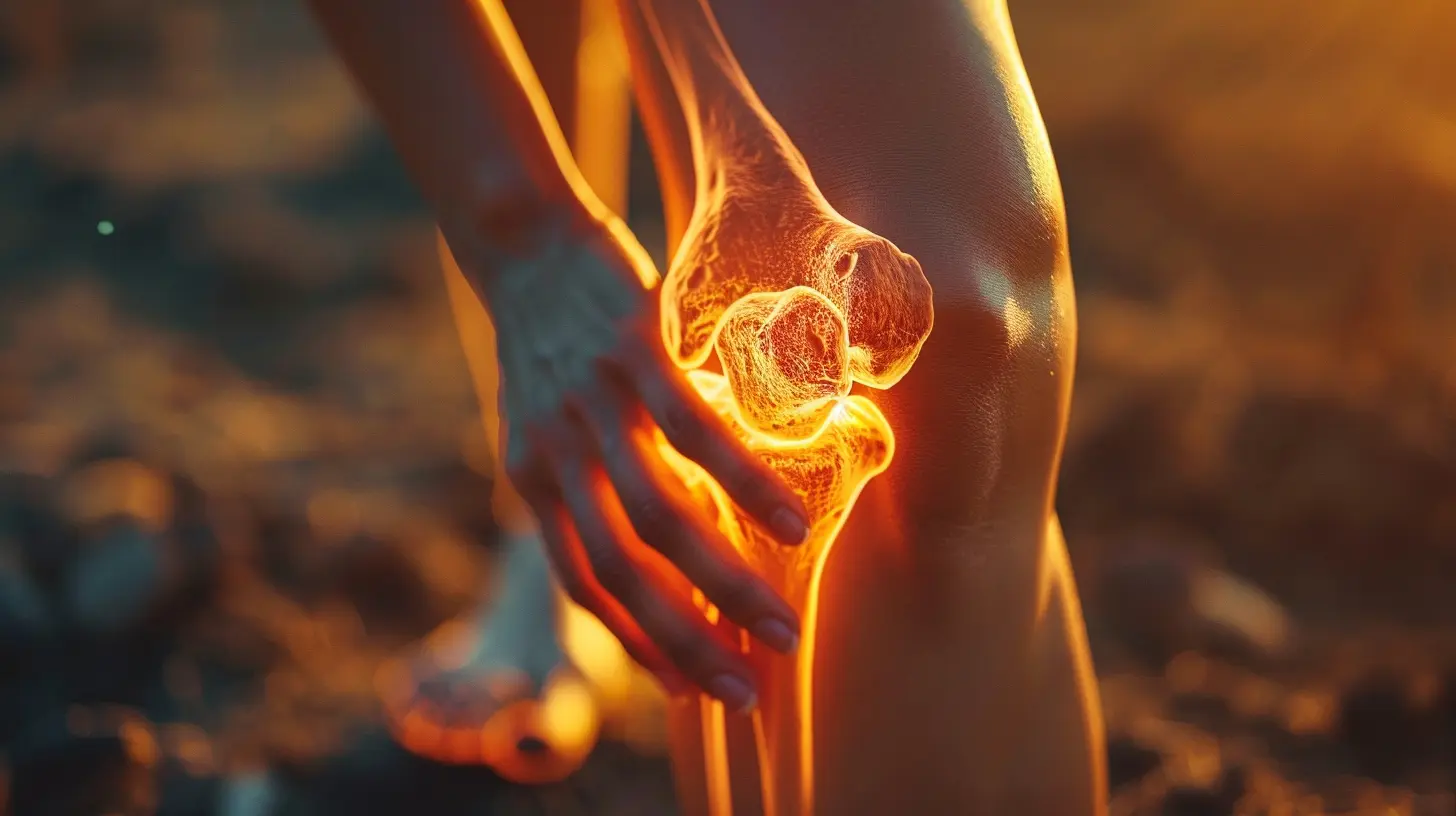
Why Joint Health Deserves Your Attention
Before we get into the nitty-gritty of vitamin D, let’s talk about why joints matter. Your joints are the connections between bones, allowing you to bend, twist, and move. They're like hinges on a door—if rusted or damaged, your whole system struggles.Poor joint health can lead to:
- Chronic pain
- Limited mobility
- Inflammatory diseases like arthritis
- Increased risk of falls and injuries
So, whether you're chasing your kids around the yard or training for a marathon, healthy joints are non-negotiable.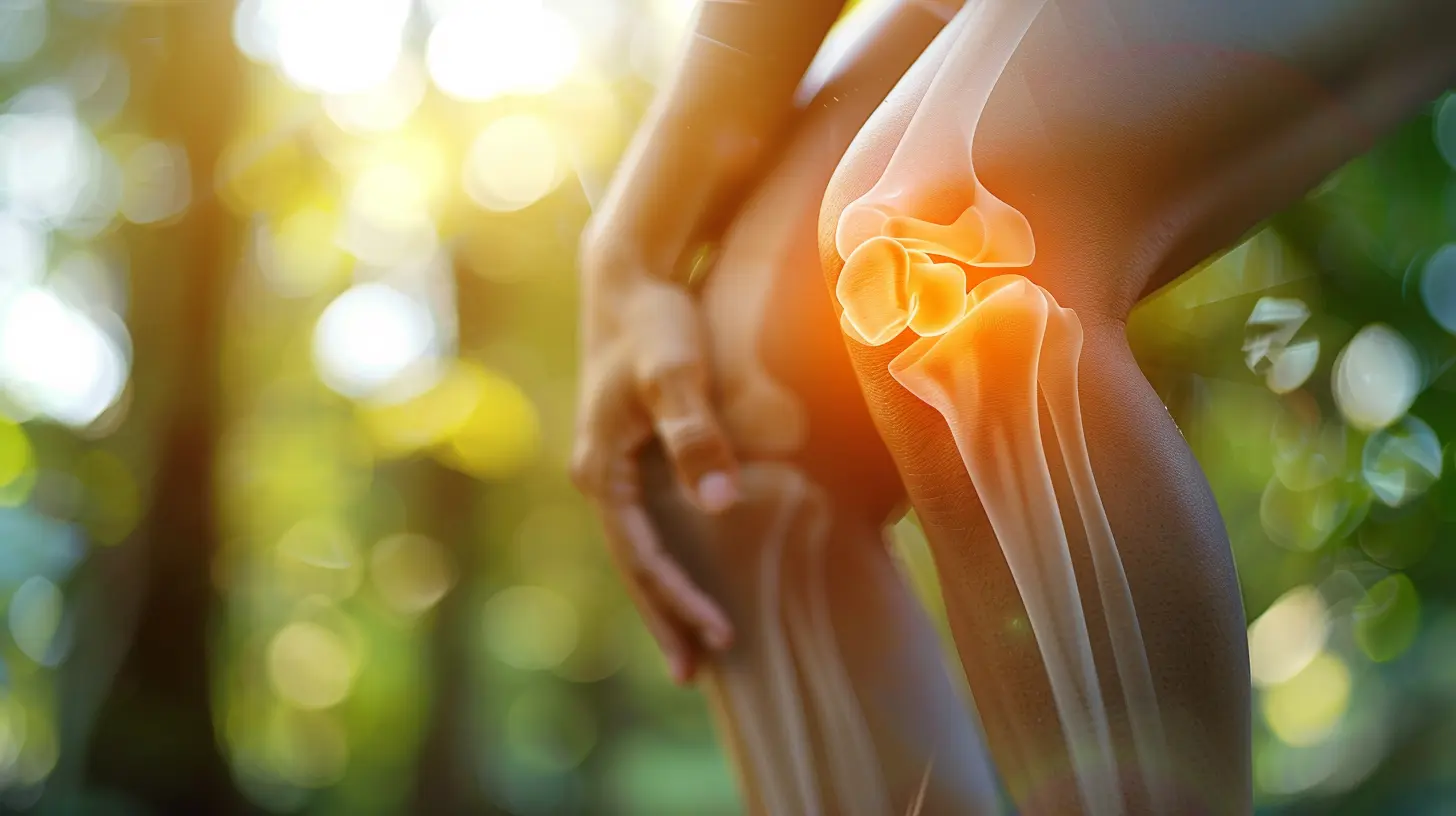
What Exactly Is Vitamin D?
Vitamin D isn’t just a regular vitamin—it acts more like a hormone and impacts way more than bones. It helps with calcium absorption (which is crucial for strong bones), regulates immune function, and supports muscle strength. Your body produces it when your skin is exposed to sunlight, but it’s also found in some foods and supplements.There are two main forms:
- Vitamin D2 (ergocalciferol) – Found in plant-based sources and fortified foods
- Vitamin D3 (cholecalciferol) – Found in animal-based products and made in your skin when exposed to sunlight
Vitamin D3 is generally more potent and the preferred form for supplementation.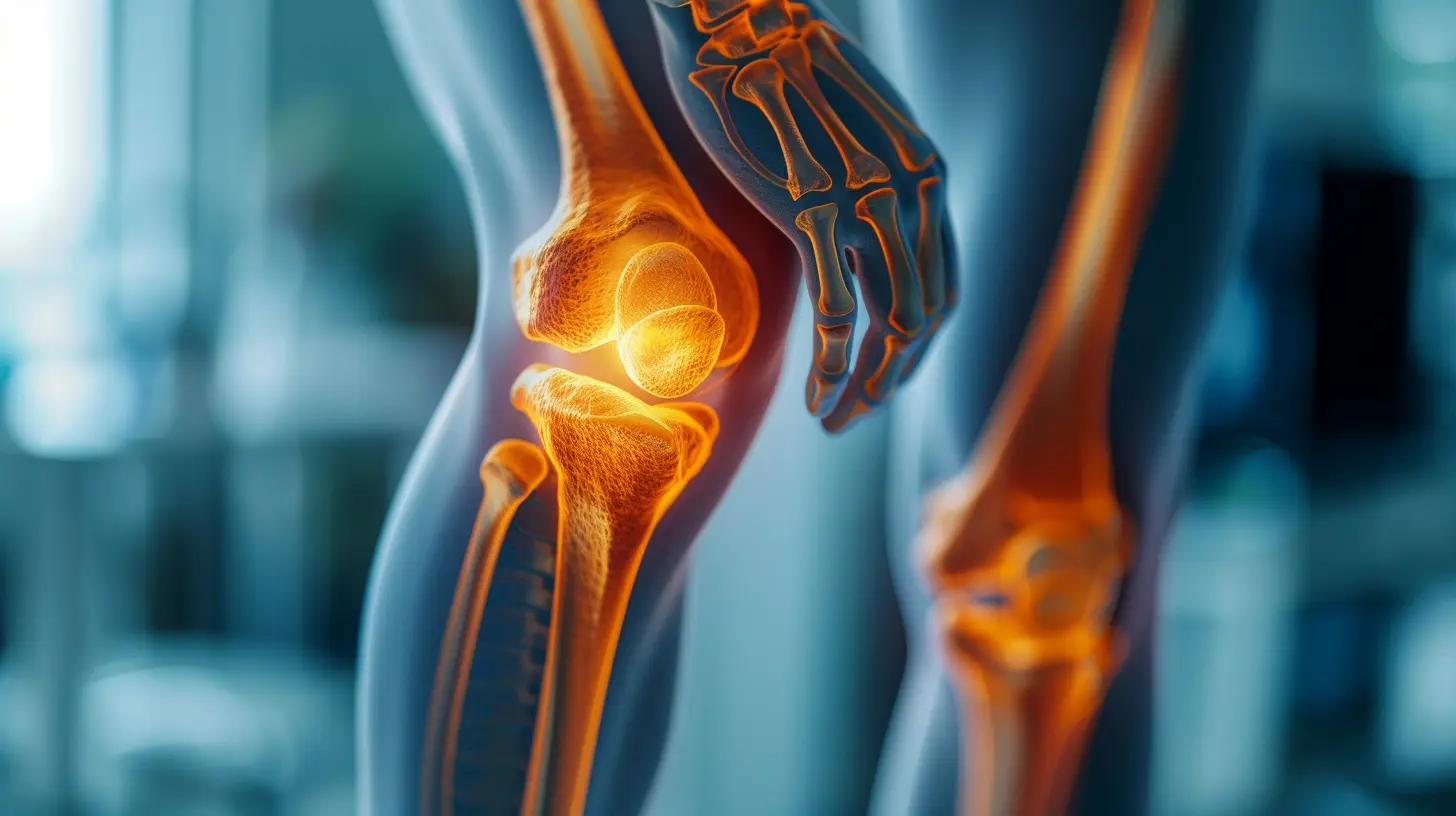
How Vitamin D Impacts Joint Health
1. Reduces Joint Inflammation
Inflammation is the root of so many joint issues—it’s like the fire that just won't go out. Vitamin D helps tamp down that internal flame. It interacts directly with immune cells that regulate inflammatory responses.Low vitamin D levels have been linked with higher levels of inflammatory markers like CRP (C-reactive protein). People with arthritis, especially rheumatoid arthritis, often show vitamin D deficiencies. Coincidence? Not likely.
By keeping inflammation in check, vitamin D acts like a firefighter for your joints—cooling things off before permanent damage sets in.
2. Supports Cartilage Integrity
Cartilage is the cushiony stuff that sits between your bones. It absorbs shock and keeps your joints moving smoothly. Without it? Ouch. You’re basically bone-on-bone.Vitamin D plays a critical role in maintaining the health of chondrocytes—the cells that build and repair cartilage. Studies have suggested that vitamin D deficiency may lead to cartilage degradation, especially in weight-bearing joints like the knees and hips.
Imagine your joints as a car suspension system. Without good shock absorbers (cartilage), every bump hurts. Vitamin D helps keep that suspension system in good repair.
3. Enhances Muscle Strength Around Joints
Strong muscles are your joints’ first line of defense. They stabilize joints and reduce the strain on them during movement.Vitamin D helps with calcium regulation inside muscle cells, which supports muscle contraction and strength. This is especially important as we age—loss of muscle mass (sarcopenia) can increase pressure on joints, making things worse.
Getting enough vitamin D is like hiring a bodyguard squad for your joints—strong muscles make sure no extra stress is piling on.
4. Improves Bone Density, Indirectly Supporting Joints
Healthy bones make for healthy joints. Think about it—joints are where bones meet. If the bones are fragile or brittle (hello, osteoporosis!), joints have to work overtime to stabilize everything, increasing wear and tear.Vitamin D enhances calcium absorption in the gut and helps maintain proper blood calcium levels—crucial for strong bones. With better bone density, your joints have more solid support structures behind them.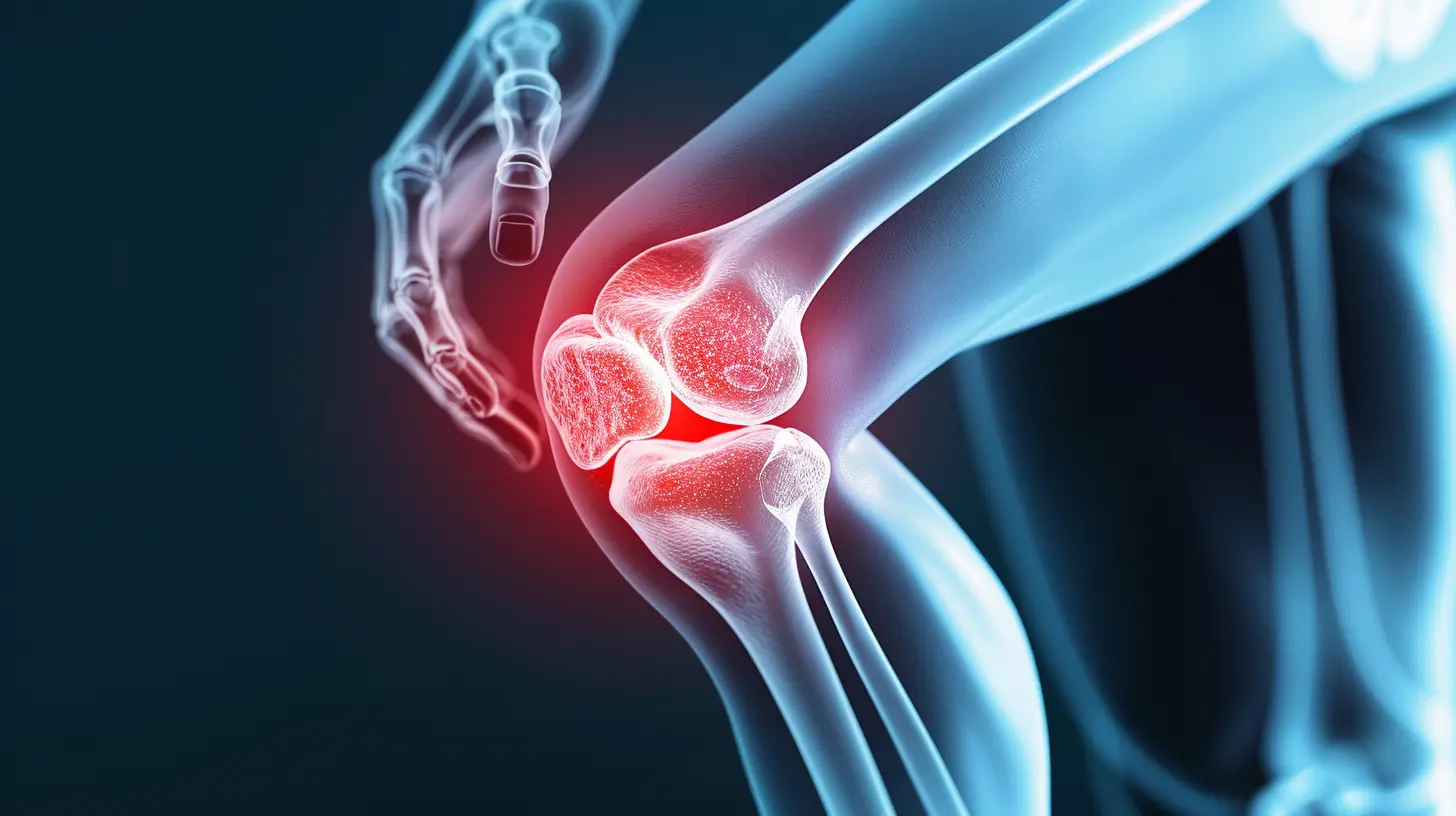
Warning Signs of Vitamin D Deficiency
Here’s the kicker: a lot of people are deficient and don’t even know it. Modern life keeps us indoors, slathered in sunscreen, and away from natural vitamin D sources.Look out for these tell-tale signs:
- Fatigue or tiredness
- Frequent joint or muscle aches
- Mood swings or depression
- Bone pain or lower back pain
- Difficulty climbing stairs or standing for long
If that sounds familiar, it might be time to get your vitamin D levels checked with a simple blood test.
Who’s at Risk for Low Vitamin D?
Some folks are more likely to run low on this essential nutrient:- People with limited sun exposure
- Older adults (skin becomes less efficient at producing D with age)
- People with darker skin tones (melanin blocks UV absorption)
- Those with higher body fat (vitamin D gets stored in fat and is less bioavailable)
- Vegans and vegetarians
- People with digestive issues like Crohn’s or celiac disease
If any of these apply to you, you’ll want to pay extra attention to your vitamin D intake.
Natural Sources of Vitamin D
Here’s some good news—you can boost your vitamin D levels naturally. Try these options:1. Sunlight (The OG Source)
About 15–30 minutes of direct sunlight on your face, arms, or legs a few times per week can help your body produce enough vitamin D. But remember—overexposure can damage skin, so don’t overdo it.2. Food Sources
Not many foods naturally contain vitamin D, but some are surprisingly potent:- Fatty fish (salmon, mackerel, sardines)
- Egg yolks
- Beef liver
- Fortified foods like cereals, plant milks, and orange juice
3. Supplements
If your levels are low or you can’t get enough through sunlight and food, supplements are the way to go. Talk to your doctor about doses, but general guidelines suggest:- 600–800 IU/day for most adults
- Up to 2,000 IU/day is considered safe for long-term use
- Higher doses may be needed short-term under medical supervision
Vitamin D and Arthritis: What Do The Studies Say?
There’s a growing body of research connecting the dots between vitamin D and various types of arthritis, especially osteoarthritis (OA) and rheumatoid arthritis (RA).Osteoarthritis
Some studies suggest that low vitamin D levels are linked with faster progression of OA, particularly in the knees. While research is still ongoing, it's become clear that vitamin D supports cartilage health, which can delay OA progression.Rheumatoid Arthritis
RA is an autoimmune disorder where the immune system attacks the joints. Several studies have found that people with RA often have lower vitamin D levels—and more severe symptoms. Vitamin D may help regulate immune responses, making it an interesting adjunct therapy for RA sufferers.Does Supplementing Vitamin D Really Help?
So, does popping a vitamin D pill keep your joints young and pain-free? Well, it’s not magic, but it does help—especially if you’re deficient. Several studies show that supplementing with vitamin D can:- Reduce joint pain
- Improve muscle strength
- Lower inflammatory markers
- Support bone and cartilage health
But heads up: more isn't always better. Mega-dosing without supervision can lead to toxicity. Stick to recommended amounts unless your doctor says otherwise.
Tips to Maximize Vitamin D Absorption
If you’re taking vitamin D supplements, here’s how to get the most bang for your buck:- Take it with a meal — It’s fat-soluble, so pair it with healthy fats (nuts, avocado, fish)
- Choose D3 over D2 — It’s more effective at raising blood vitamin D levels
- Get regular bloodwork — Track your levels to make sure you’re in the sweet spot (30–60 ng/mL)
Final Thoughts: Small Changes, Big Results
When it comes to joint health, the little things add up. Making sure your body gets enough vitamin D might seem like a small tweak, but it can make a world of difference in how your joints feel now—and decades down the line.You don’t need to become a supplement junkie or chase the sun all day, but being aware of your vitamin D status and making changes accordingly? That’s just smart living.
So next time you feel a little twinge in your knees or notice you’re not moving like you used to, take a sec to think: “How’s my vitamin D looking?”
Because yes, something as simple as a vitamin can help keep you moving, pain-free, and doing the things you love.
all images in this post were generated using AI tools
Category:
Healthy JointsAuthor:

Laurie Barlow
Discussion
rate this article
1 comments
Laura Clarke
Vitamin D: A joint health ally.
October 27, 2025 at 5:52 PM

Laurie Barlow
Thank you! Vitamin D indeed plays a crucial role in joint health by aiding calcium absorption and reducing inflammation.

